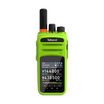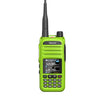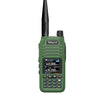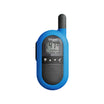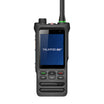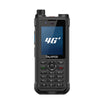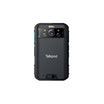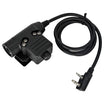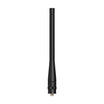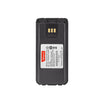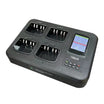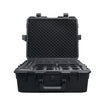What is Fast Call Set-up? Fast Call Set-up in the realm of two-way radio communication refers to the system's ability to establish a call in under half a second. This swift connection is crucial in industries where time is of the essence and can significantly impact the effectiveness of operational communications, especially in emergency scenarios or critical decision-making situations.
How Does Fast Call Set-up Work? In a two-way radio system, fast call set-up is achieved through the efficient design and integration of the radio network's components and software. When a user presses the push-to-talk (PTT) button on their device, the system quickly allocates a channel and establishes a connection with the intended recipient(s). This process involves a series of rapid signal exchanges between the radio, the base station, and the network's control system to ensure a seamless and immediate communication link.
Why is Fast Call Set-up Crucial in Two-Way Radios? The necessity for fast call set-up in two-way radios cannot be overstated, particularly in sectors such as public safety, security, emergency services, and critical infrastructure operations. Here's why:
- Efficiency: Quick communication set-up allows for more immediate response times, ensuring that messages are relayed and received without unnecessary delays.
- Safety: In emergency situations, the speed at which communication is established can mean the difference between life and death. A system that enables rapid alerting and coordination can significantly enhance the safety of individuals in distress.
- Productivity: In non-emergency contexts, fast call set-up contributes to smoother operations and increased productivity, as workers can communicate swiftly without waiting for connections to be established.
Ultimately, fast call set-up enhances the overall effectiveness and reliability of two-way radio systems, ensuring that they serve their primary function — enabling instantaneous, clear, and uninterrupted communication when it matters most.





